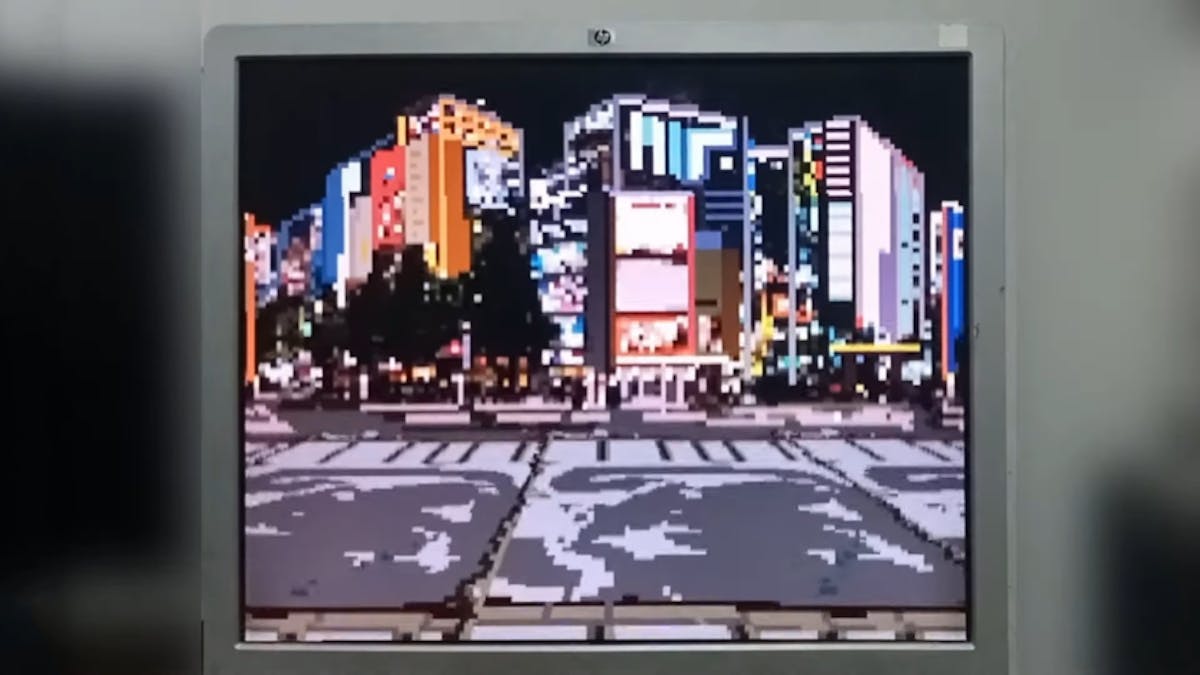BANDIT Brings Back the Forth Microcomputer, Powered by a Raspberry Pi RP2040
All-in-one keyboard computer, inspired by 1980s machines like the Jupiter Ace, runs a custom colorForth variant dubbed PC32.

Mononymous maker and vintage computing enthusiast Julian, also known as "DSCF," is working on a 1980s-style all-in-one microcomputer built around his custom fork of the colorForth language — with a Raspberry Pi RP2040 under the hood, and the potential to upgrade to a Raspberry Pi RP2350 in the future.
"I've been working on a standalone computer named BANDIT," Julian explains in a post on the Raspberry Pi forum. "It uses an RP2040 [microcontroller] processor and its main goal is to be fully standalone using a variant of the colorForth language I developed called PC32. I've been working on this for quite some time now and its slowly taking shape, so I figured out I'd show it off here to let people know it exists."
The Forth programming language was created by Charles H. Moore in 1970, as a formal expansion to his personal programming environment from the 1960s. Moore launched colorForth in the 1990s, taking the core of Forth and adding color to the source code as a way to more easily interpret what each section of code should do. PC32, meanwhile, is a variant of colorForth developed by Julian and designed for use on microcontrollers — and in particular the BANDIT.
"It's a standalone computer," Julian says of the BANDIT, "and you only need to provide power and a VGA connection in order to have your very own colorForth computer. The keyboard is split into two halves of 16 keys each, making a 32 key keyboard which maps itself to a 32-bit word inside [the BANDIT's] memory. Each key can be addressed independently of the others, which allows you to make chording in any direction you want — vertical or horizontal."
Inside the keyboard's housing is Raspberry Pi's low-cost RP2040 microcontroller, but it's not designed to turn the keyboard into a peripheral for a more powerful device; instead, it runs PC32 itself, acting as a fully-functional programmable system. A pseudo-static RAM (PSRAM) module, with battery backup, expands available program memory, while the VGA output offers a 320×240-resolution color video output.
Julian describes the BANDIT as a work-in-progress, with updates available on his Patreon, but the project already has some impressive demos handling large sprites, animation, and even a 3D editor — though the project's next step will likely be a move from the Raspberry Pi RP2040 to the more powerful RP2350, ahead of a plan to launch a crowdfunding campaign for production of the machine.
More information is available on Julian's website.
Freelance journalist, technical author, hacker, tinkerer, erstwhile sysadmin. For hire: freelance@halfacree.co.uk.

